|
Puppy Culture is an open source architecture - it grows and clarifies based on the input and feedback of the users. Pursuant to that, based on the discussions in our Facebook Discussion Group, I think a major re-thinking of Early Neurological Stimulation (ENS) is in order. Don’t panic, I’m not “turning against” ENS! It’s still an awesome protocol under the right circumstances. But the piece that I think we need to embrace is that ENS really is a subset of a larger category, which is shaping the neurological development of neonates. And there is (or at least should be) more than one protocol in that category, depending on the circumstances.
Why Touch Shapes Personality The neurological and endocrine systems of neonates are extremely flexible (approximately the first two weeks of life). In a safe environment with lots of resources, certain neurological and endocrine (hormonal) responses will aid survival, and in a dangerous environment with low resources a completely different set of responses will aid survival. This is why these systems are so plastic at birth - they develop differently to optimize based on the environment into which the animal is born. Suffice it to say that the kinds of emotions and behaviors we want our dogs to have are by and large facilitated by convincing the puppies’ systems that they are going to be living in a safe and resource abundant environment. But we also, when possible, want to challenge the puppies’ endocrine and neurological systems ever so slightly to get additional gains in those systems. This is the tightrope we are walking when we get into protocols that shape early neurological development. Why Circumstances Matter Now back to ENS. ENS assumes that the environment truly is low stress, low danger, and high resource. In this case, we can pick up bonus development by introducing low amounts of stress. But what does that mean in terms of a litter in the breeder’s house? It means the dam is not stressed, has good mothering skills, plenty of milk, and is in good health. It means the puppies have not been stressed in any way, their birth was uneventful and natural, that they are eating and gaining normally, and are not sick in any way. This describes perfectly the average German Shepherd litter that is free whelped - the mother cares well for the puppies and the breeder hardly touches them for the first two weeks. ENS in this situation is almost certainly very beneficial. But what if any of those dimensions are missing? If you’ve been to my Puppy Culture seminar, you know we talk a lot about neonatal neurological and endocrine development and how touch, stimulation, and maternal stress can effect that development, positively or negatively. I’m going to pick out one small part of my presentation to talk about, which is the role of tactile stimulation. Many of you are familiar with the “licked rats” studies (if you’re not familiar with it, you can get an overview, HERE). The reader’s digest version is that maternal care, specifically licking completely changes the development of the neurological and endocrine systems of neonate rats, specifically the systems that regulate emotional stability, resilience, and stress reactions - the HPA axis . It’s been demonstrated conclusively that rat pups whose mother licked them have much better emotional regulation and behavior than non-licked pups. And this is independent of DNA - they have cross fostered rat pups and the result is clearly dependent on maternal care, not the genetics of the pup. Read more HERE and HERE Best Practices for Breeders
But what they are lacking is maternal licking, which is extremely important to favorable development of the genes surrounding the HPA axis. So (and I’m just taking a stab at this, based on the rat research) long soft but firm strokes along their bodies, and also anogenital regions (unless you are already having to void the puppies yourself). You might consider using a large paintbrush with soft bristles which might more accurately reproduce the action of a tongue. I have not used a brush myself but it would be consistent with the way the rat experiments were designed. We have recent personal experience with this. Naboo had her two boys by C-section and it took her five days to fully come around to caring for the puppies. In the interim, we were holding Naboo in place so the puppies could nurse, and then cleaning the puppies ourselves. One of the puppies seemed to have extreme reactions to being held and cleaned, so we began stroking him for a few minutes each time we took him out to feed him. At first, he wailed and resisted but after only two days he immediately settled when stroked. I know it’s a sample size of one, but we have seen similar results in other litters, and it makes sense, based on the research. So, the bottom line is, if you have an outstanding earth mother who free whelped and is caring for a thriving litter of puppies, do ENS, it’s really helpful. But if you have any other scenario, consider simulated maternal stimulation (SMS), instead. And, of course, the scenario can change - you might have a litter with a rough start that settles in, in which case you can switch from SMS to ENS. Once again I will disclaim that this is all just my personal experience and how I read the research - but it has definitely been proven that too much ENS is bad for puppies, so I think this is an excellent stab at better practices. A New Place To Put Your Energy We get an awful lot of breeders who are super concerned when told that they need to skip ENS because the puppies already have enough stress. These breeders never seem happy with the answer that they should leave out ENS protocols. They feel like their puppies will be short changed. And it seems like many breeders push doing ENS when perhaps it might be better not to do it. Mulling it over, I think these breeders have the correct instinct, in that we can positively influence the neurological and endocrine development of puppies quite easily in the neonatal period, and they want to take action. But, up until now, they have felt that ENS was their only option. So breeders push hard to “get ENS done” even when it might have been better not to. And that’s what I believe we need to re-examine - ENS is a fantastic protocol under the right circumstances, but it’s not your only option for influencing the neurological and endocrine development of your puppies. You should always consider whether SMS (Simulated Maternal Stimulation) might be the better protocol, based on the circumstances of the litter. Hope this helps you make the best choices for your litters. I will be thinking and researching this more in the coming months and perhaps even doing an update to the Workbook down the road. If you'd like to the first to know when we have a new blog, article, seminar, or product release, join our mailing list HERE Referenced Courses and Titles
12 Comments
lita long
4/22/2019 01:47:36 pm
interesting observation. i have the unique situation two fold. one the bitch has 7 working nipples and 9 puppies. the other was while the delivery was good. i had 6 normal puppies and 3 puppies that were light weights. in order to manage the nipple deficent and the lightweights needing feedings and more mommy time. i wondered about several points.
Reply
JANE LINDQUIST
4/23/2019 07:13:02 am
Lita, interesting experience! Amazing how the change and develop and how touch influences that!
Reply
This is very interesting and via my own instincts and intuition recently adapted some of what you are speaking about. My litter was born easily and peacefully and everyone was ready to suck the moment they arrived. Then I made a mistake by feeding her too much calcium. On the day they had tails and dew claws done I discovered they were constipated. I was beside myself trying to come up with a solution. Several times a day they were getting puppy enemas and also some probiotics by mouth and another supplement to help turn this around. I had never done this before and was very nervous. I did not do ENS during this time but did do a lot of stroking and comforting of the puppies. This post came out just as this situation has resolved. Thinking I will start ENS now— they are 10 days old today.
Reply
JANE LINDQUIST
4/23/2019 07:13:55 am
Ha, yes! Sometimes you have to go with your instincts!
Reply
Your work is incredible!
Reply
JANE LINDQUIST
4/23/2019 07:16:11 am
Thanks for the kind words! Yes, people expect that dog moms should just take to the whole mothering thing like a duck to water but it's not always so. The good news is they can actually learn and become stellar brood bitches.
Reply
We had a litter (giant breed) of 9 who lost their mom after the C-section. It wasn't our first litter so we knew how to help the puppies to poo and pee. They found out that their littermates also have 'nipples'. So they got very sticky from each others pee. We decided to just use a washcloth and warm water to clean them and that worked also very well to let them poo and pee. And we had clean puppies :) My thoughts are also that because you help them to relieve, what feels like positive, the touching (from the washcloth) is also positive then.
Reply
4/23/2019 08:51:02 pm
I spent a year working in a lab doing research on potential treatments for Fetal Alcohol Spectrum Disorders. We worked with rats, and therefore did a LOT of reading on research studies that used rats. One thing that was regularly pointed out was that the rats had to be stroked with SHORT strokes. Petting with long strokes didn't create the same results. Rat mothers lick with short strokes, they don't go the length of the entire body. I don't know if similar research has been done with dogs, but I think it would make sense to watch our moms, and try to emulate the length of stroke they do.
Reply
JANE LINDQUIST
5/13/2019 03:58:16 pm
This is great! Very interesting input and we will investigate lick styles!
Reply
4/24/2019 04:05:04 am
Hello Jane,
Reply
10/14/2020 09:46:54 pm
After you posted about SMS right before our last litter was born (great timing Jane), We did SMS rather than ENS with them as they protested so strongly to the ENS, and this particular bitch is not the most hands (or tongue) on momma. I saw a definite difference in these puppies. They appeared to settle and calm down after the SMS.
Reply
I purposely didn’t do ENS before my current litter because I know their development is so plastic and I was afraid they would develop negative associations with human smell/ touch. (“When they touch me I get stressful uncomfortable cold sensations! Humans bad!”). This insight in your post is very interesting and I’d love to hear more thoughts on young puppies developing positive associations with human caregivers, or if any extra precautions need to be taken to prevent that at all.
Reply
Your comment will be posted after it is approved.
Leave a Reply. |
Categories
All
AuthorJane Messineo Lindquist (Killion) is the director of "Puppy Culture: The Powerful First Twelve Weeks That Can Shape Your Puppies' Future" as well as the author of "When Pigs Fly: Training Success With Impossible Dogs." Archives
November 2022
|
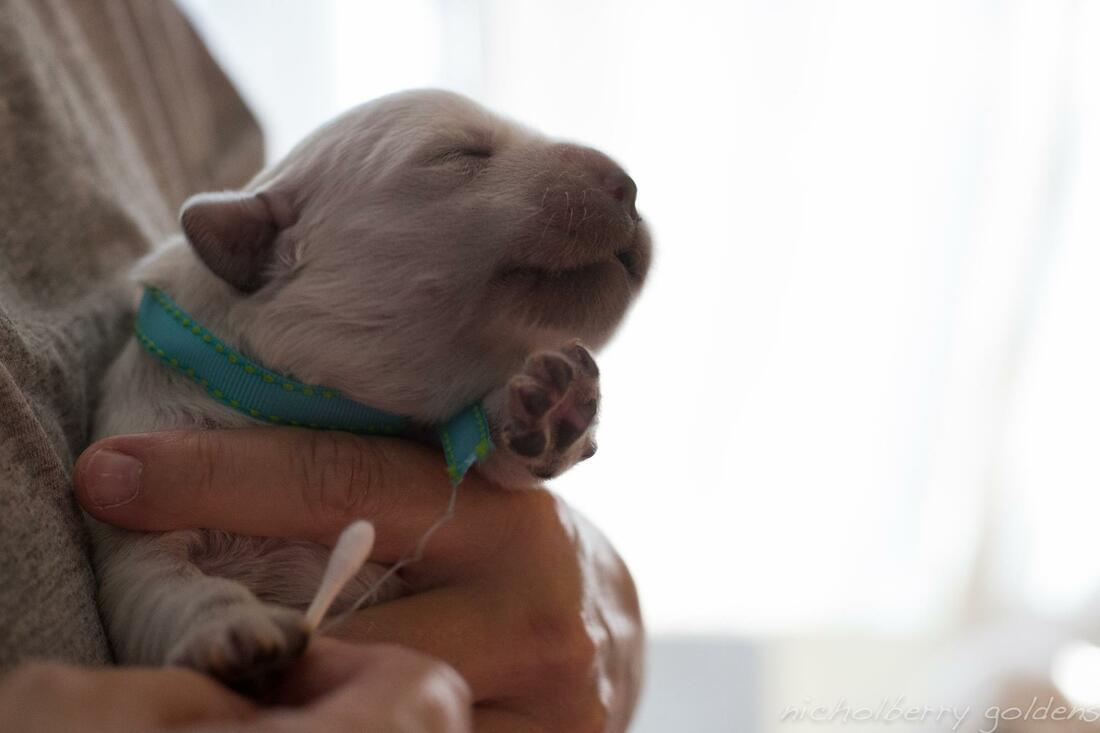
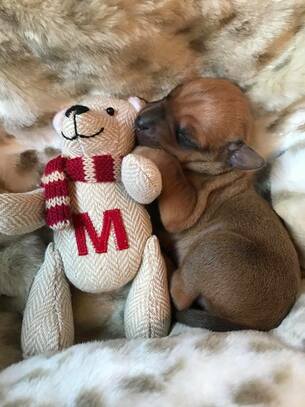
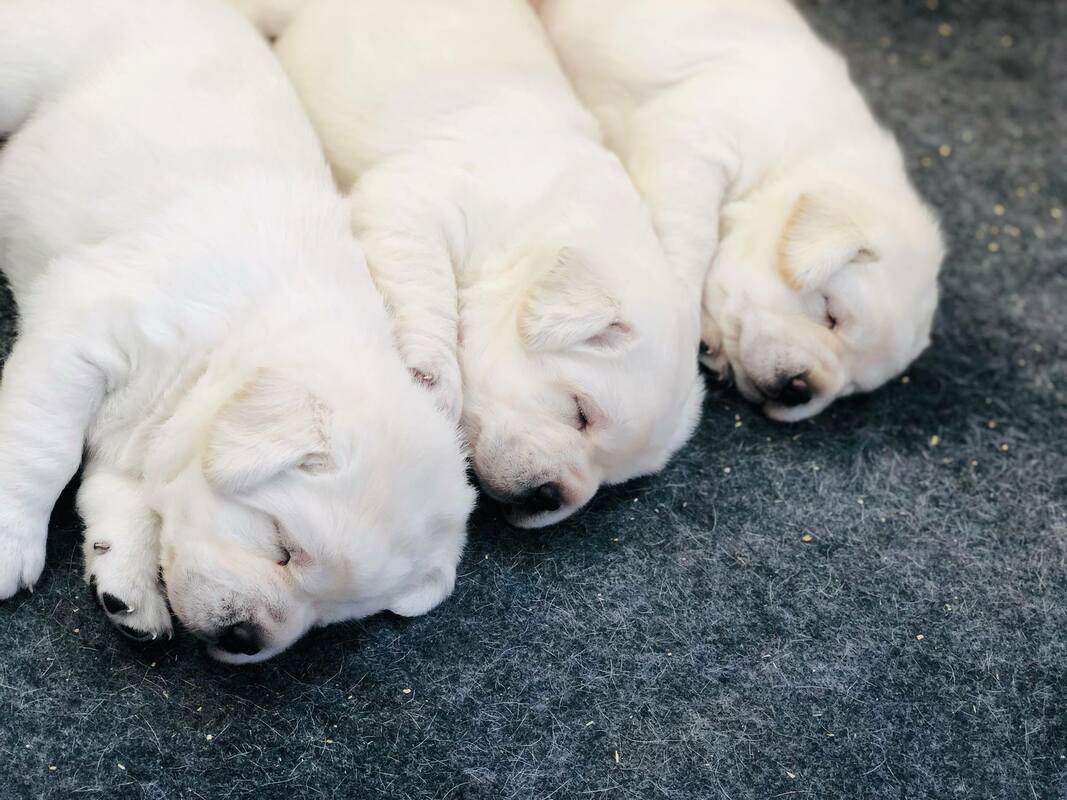
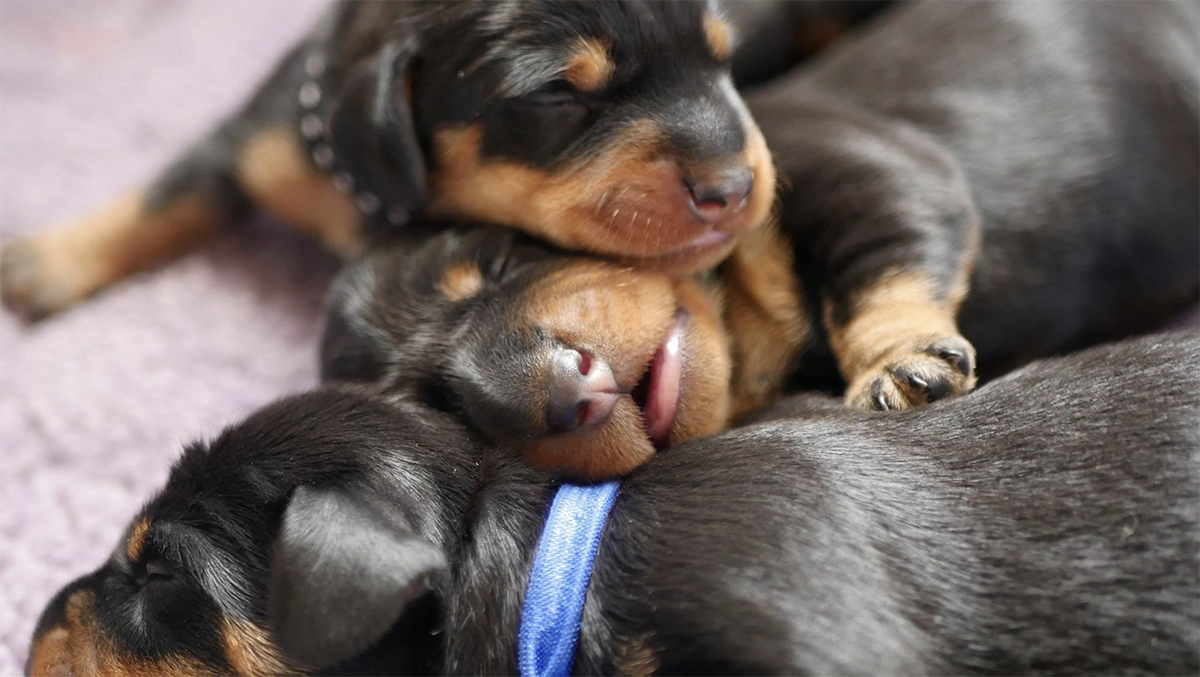
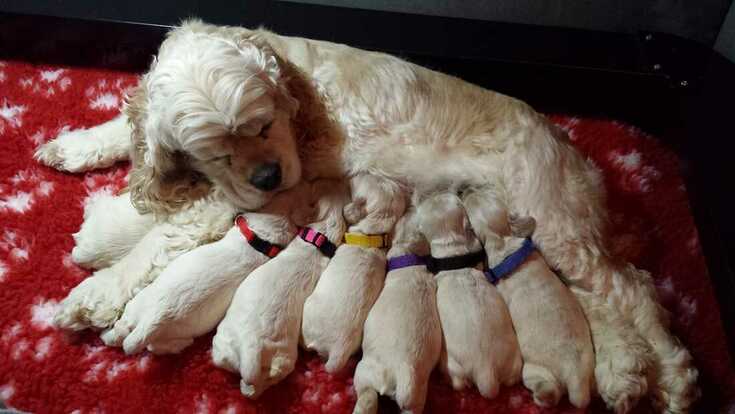
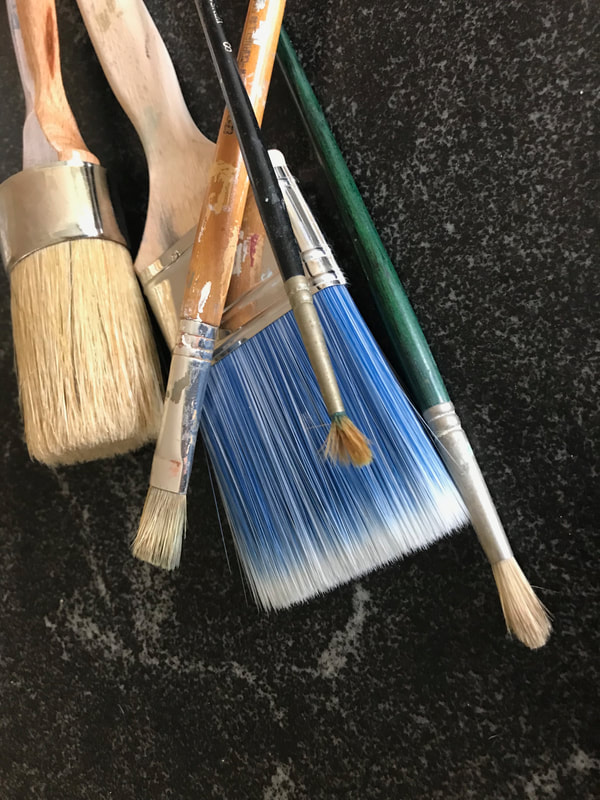
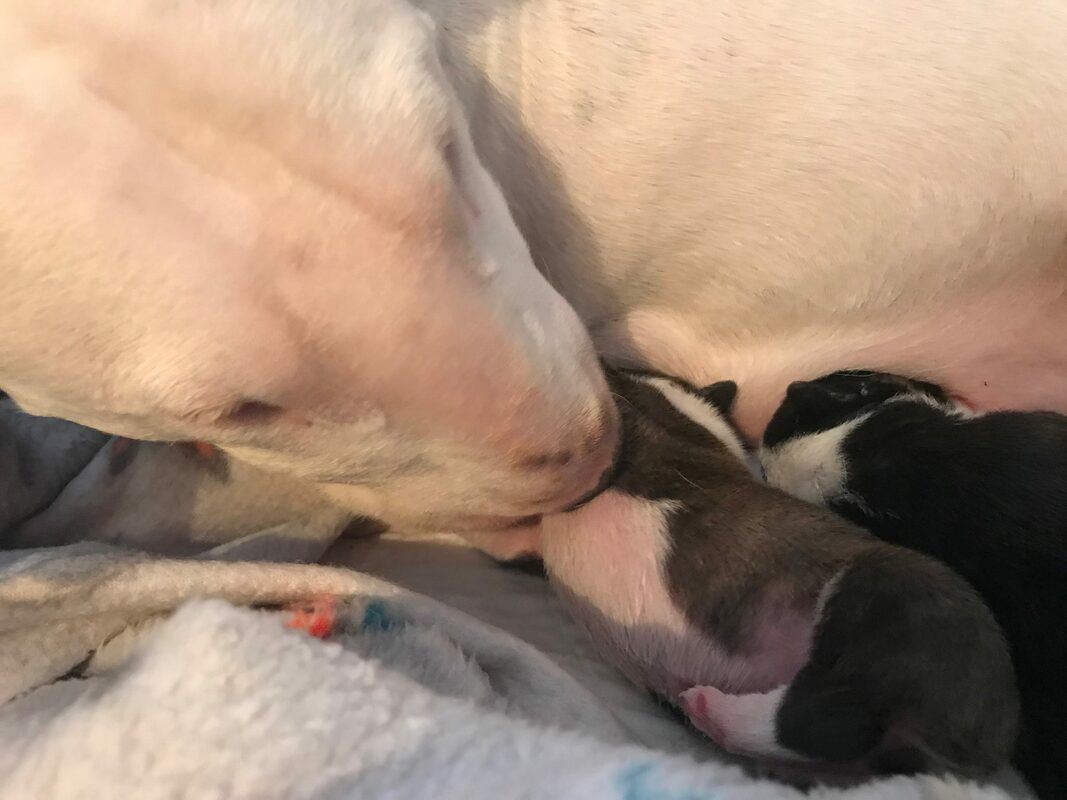
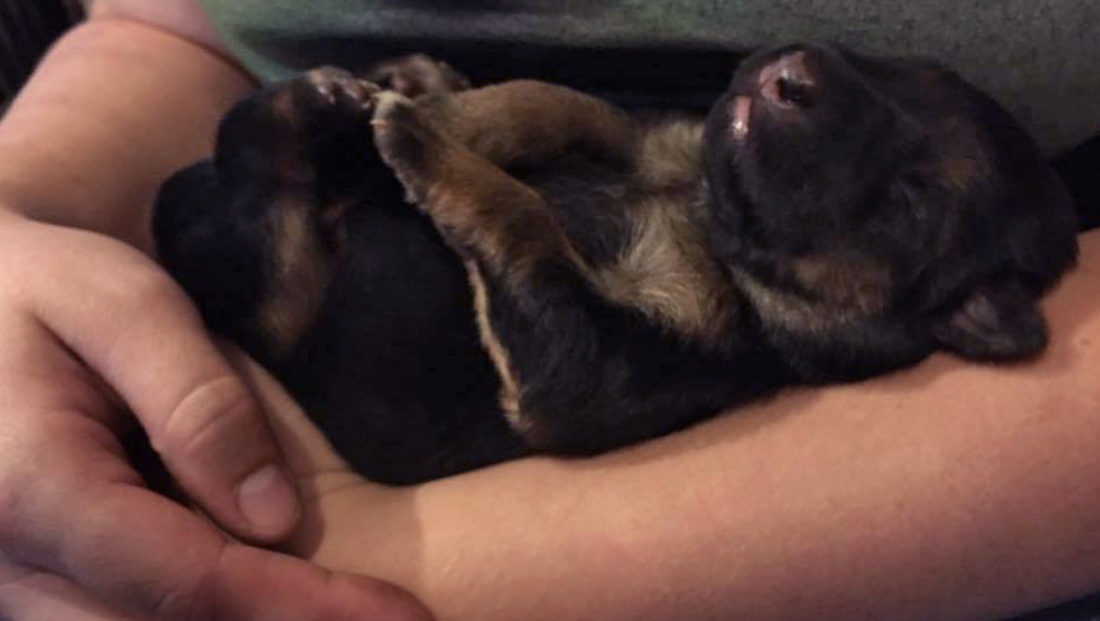


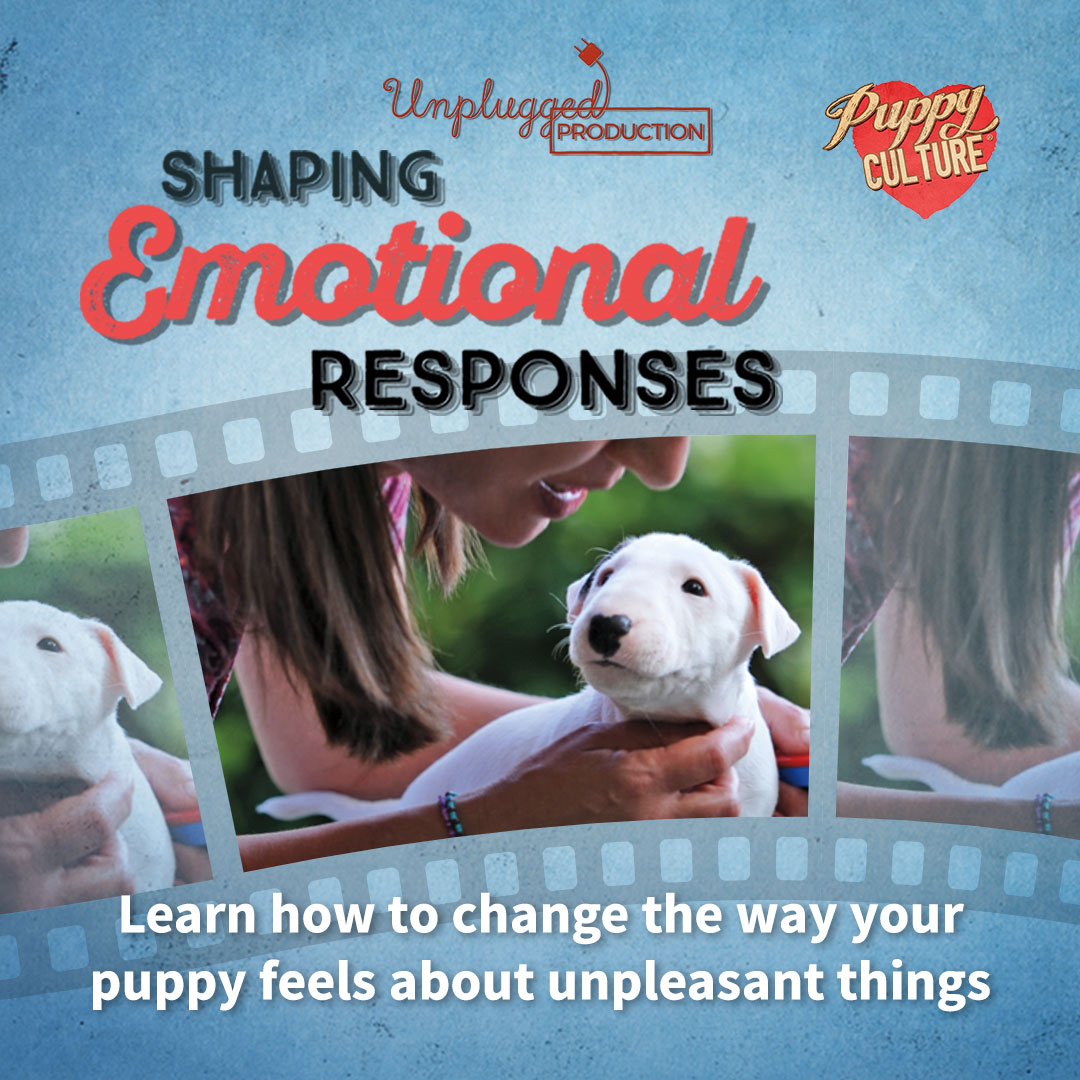
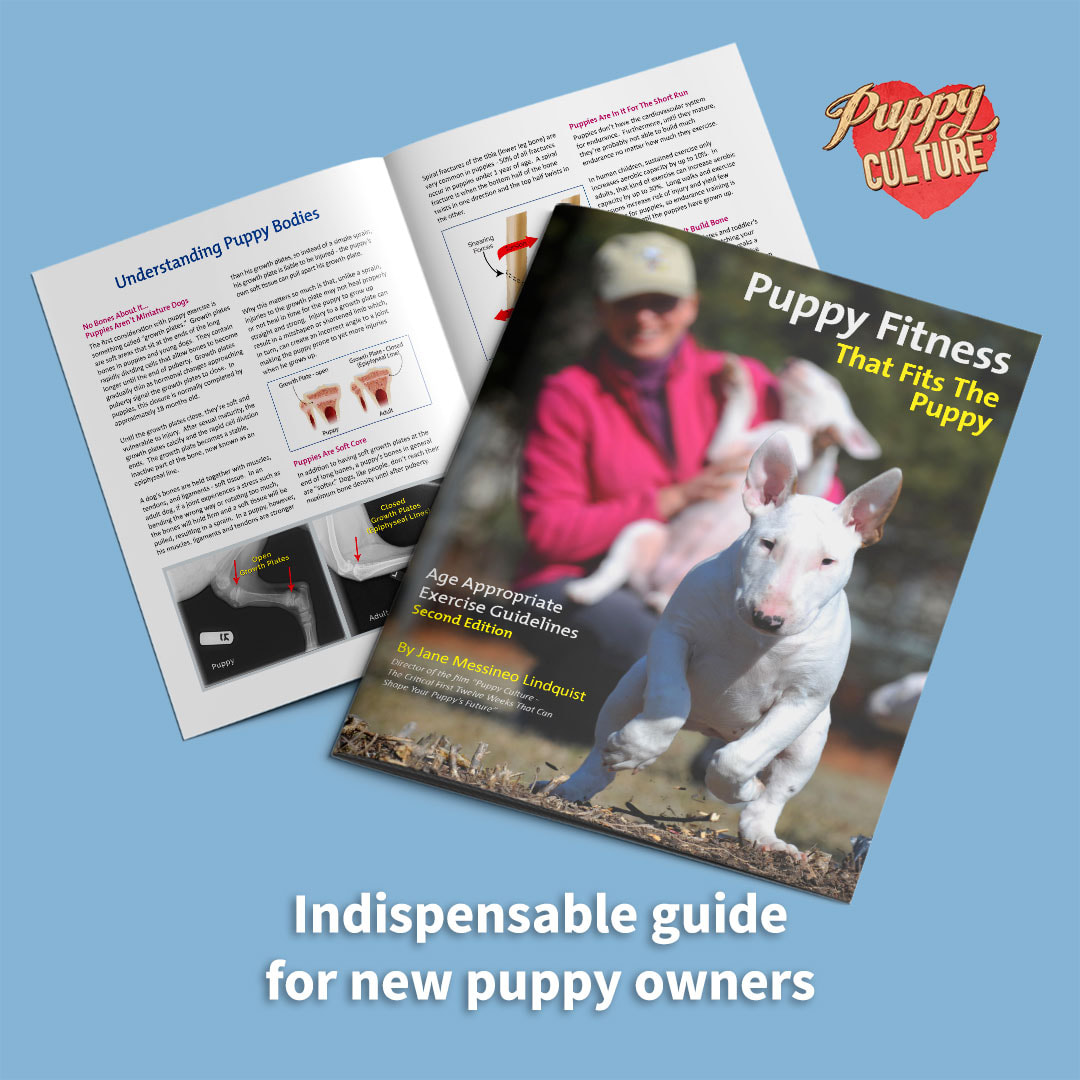
 RSS Feed
RSS Feed